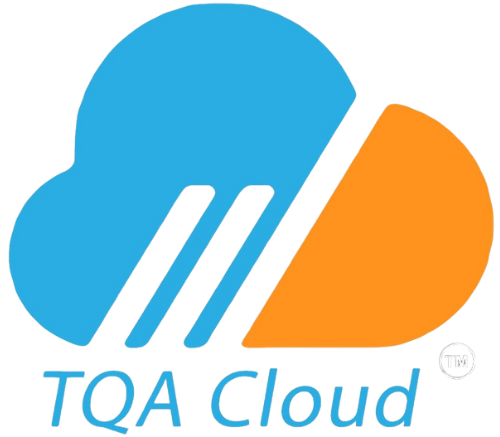List of Quality Management Documents
Essential Documents Steering Your Quality Management Journey
Crafting a resilient and efficient Quality Management System (QMS) is inherently tied to the structured development and management of key quality documents. Each document serves as a pillar, supporting and guiding the QMS by providing clarity, direction, and audibility in managing quality throughout the organization.
Quality Policy: A statement that reflects the organizational commitment to quality, aligning its strategic direction with customer expectations and regulatory compliance.
Quality Objectives: Documented and measurable goals related to quality, ensuring alignment with the quality policy and relevant requirements.
Quality Manual: A guide that comprehensively outlines the scope, processes, and policies of the QMS, acting as a reference point for how the organization manages quality.
Procedure Documents: Detailed documents that outline the methods and practices for executing various processes within the QMS, ensuring consistency and compliance.
Work Instructions: Specific guidelines or directions that detail how particular tasks or operations are to be executed, fostering standardization and consistency across operations.
Process Maps and Flowcharts: Visual documents that illustrate the flow and interactions of processes within the QMS, facilitating understanding and analysis.
Forms and Templates: Standardized documents used to record data or information consistently, aiding in data management and analysis.
Quality Records: Documents that provide evidence of conformity and performance, showcasing the organization’s adherence to prescribed standards and policies.
Audit Documentation: Records and reports related to internal and external audits, serving as a vital tool for evaluating and improving the QMS.
Management Review Minutes: Documented outcomes of management reviews, providing insights and directions on the adequacy, suitability, and effectiveness of the QMS.
Corrective Action Reports: Documents that detail nonconformities, their root causes, and the corrective actions implemented to prevent recurrence.
Preventive Action Records: Documentation outlining potential nonconformities, their analysis, and actions taken to prevent occurrence.
Supplier Evaluations: Documents related to the assessment and approval of suppliers, ensuring they meet specified quality requirements.
Customer Feedback and Complaint Records: Documentation of customer feedback, complaints, and subsequent actions taken, emphasizing a customer-focused approach to quality management.
Training Records: Documents that detail employee training, qualifications, and competencies, ensuring personnel are competent to perform their roles effectively.
Creating and managing these documents requires a systematic approach, ensuring they not only comply with relevant standards and regulations but also serve as effective tools in managing, assessing, and improving quality within the organization. It’s pivotal to recognize that quality documentation should not merely serve as a tool for compliance but should act as a conduit through which organizational processes, activities, and performances are managed, analyzed, and enhanced.
